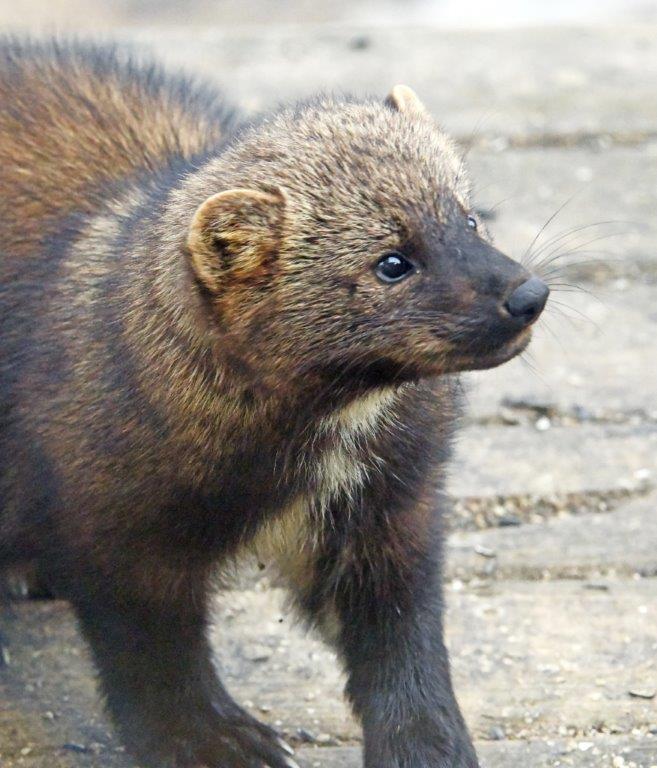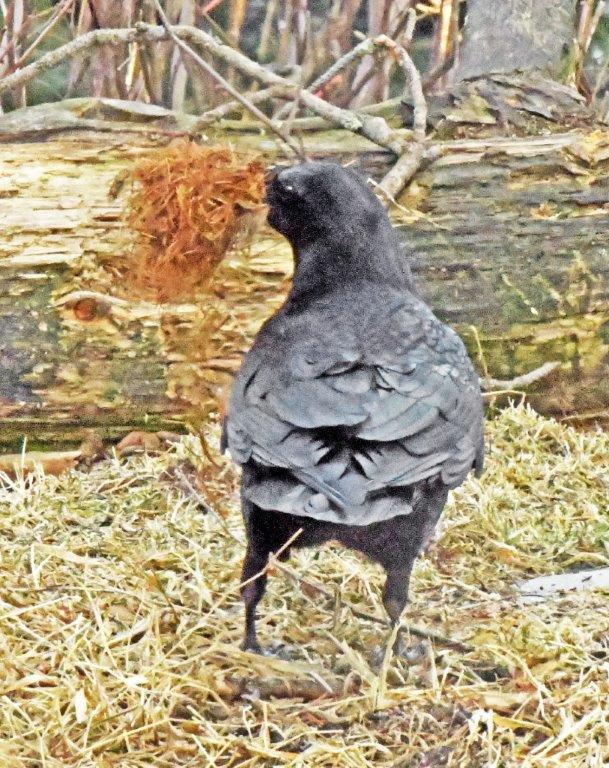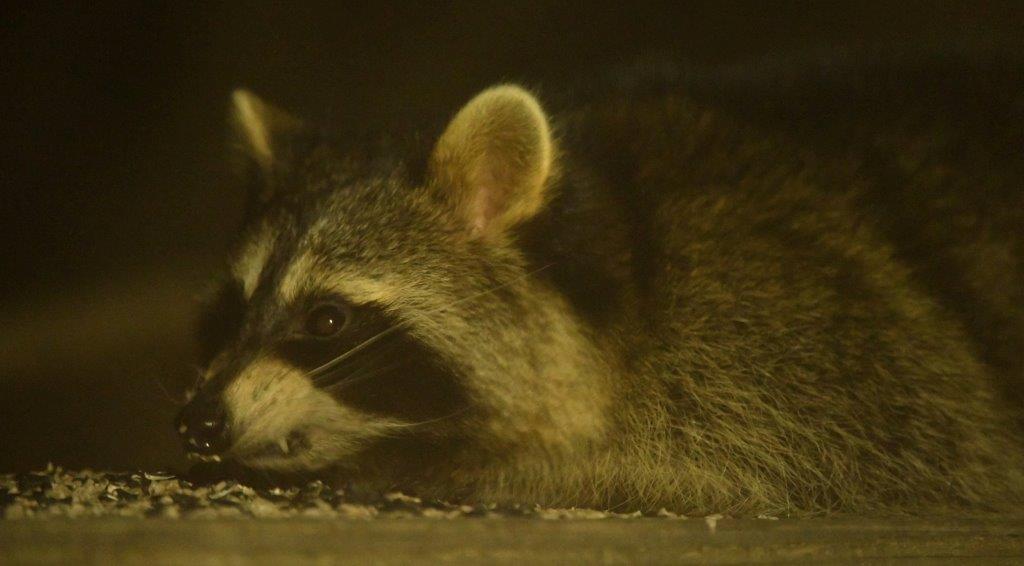Wild Action - UPDATE March 2, 2024

Male red fox
Flying squirrel
Flying squirrel

Arriving at the WRI at 5:25 AM for some quiet writing, I was very quickly in the middle of wildlife action. At 5:35, the shy female red fox came peering out of the darkness to see what kind of meat or eggs were available. I later learned that she’d had a big night. She had been coming and going much of the night and getting a reputation as a chaser. Twice she chased or stalked the flying squirrel whose big eyes for good night vision give her good warning. The squirrel easily escaped up a tree where red foxes can’t follow. Lorie Kennedy then caught the shy fox on a trail camera as it tore after the fisher who fled in terror with the fox on its tail. The video, unfortunately, becomes unavailable in 24 hours. The video was a surprise to me, considering the size and reputation of fishers. Shy female red fox
Shy female red fox

I thought it would be the opposite—a moment of learning. A few minutes after the female fox left, the male fox appeared. I didn’t get any pictures, though, because I was seeing if he would take food from my hand. Almost. He expects a person to drop cubes of chicken where he is used to unhesitatingly taking them at our feet. Taking them from my hand, though, was too much. Five inches was as close as he dared to come. I had to lie down in the doorway and hold the meat on the doorstep to get his okay.

Fisher male
Fisher male
The mink makes us feel more accepted. He now readily takes food from our hands and would probably do it with anyone.
Minutes after the male fox left, the big male fisher arrived to hold for a calm-looking picture before quickly eating a surprising amount of chicken, paying little attention to the window where I was clicking. Then he went into action agilely leaping up on the highest feeder where he selected a piece of suet he had to pry off a big screw that had long held it in place. He was successful, seeming to know he had to lift it rather than pull it. He then ran off with it and was gone for about a half hour, making me think he was eating it instead of caching it. Arriving back, he looked around as if for danger, making me feel good that he paid practically no attention to me even when I made noises to get him to look at the camera.

Raven with bedding Ravens with bedding

Ravens gather bedding
The next visitor was a learning experience. A big male raven landed on a branch only 14 feet from my desk, holding the biggest beak-full of nest bedding I’ve ever seen. He saw me move to aim the camera and flew off, but only to the other side of the yard. Seeing so much bedding material made me think he was adding soft bedding to his nest of sticks to be ready for egg-laying and incubation. At the other side of the yard was his mate who was also gathering bedding. I snapped a quick picture of him still holding the bedding before he did the unexpected. He set it down, walked over to his mate, and together they gathered bedding. When it was time for them to fly off to their nest, he walked over to his big beak-full and holding onto his fresh but smaller beak-full, he jammed his bill into the big ball of vegetation and flew off with his mate for some home-making. That was the first I knew that these birds that spend so much time caressing each other with their bills as mates also gather bedding side by side as if they didn’t want to be apart. I hope they come back to show me more.

Raccoon
Raccoon
Oh, on another topic, the raccoons here don’t fit what Google says about their diet or what people have written to me how much raccoons love eggs. My only explanation why raccoons here have not shown any interest in eggs or meat is that what animals do and what they eat depends on what the alternatives are. Here, they seem to prefer sunflower seed hearts and raw peanuts, ignoring fresh chicken meat and eggs that are only inches away. As I write this, a raccoon is outside my window lying on the railing eating sunflower seeds, calmly lying down even though the shy fox, the chaser, came by and took an egg just six feet from him or her.
I’m hoping that the regular wildlife visitors are still coming during the Black Bear Field Courses in July and August.
Thank you for all you do,
Lynn Rogers, Biologist, Wildlife Research Institute and North American Bear Center

 Author
Topic: Jewel and her cubs (Read 2363011 times)
Author
Topic: Jewel and her cubs (Read 2363011 times)
